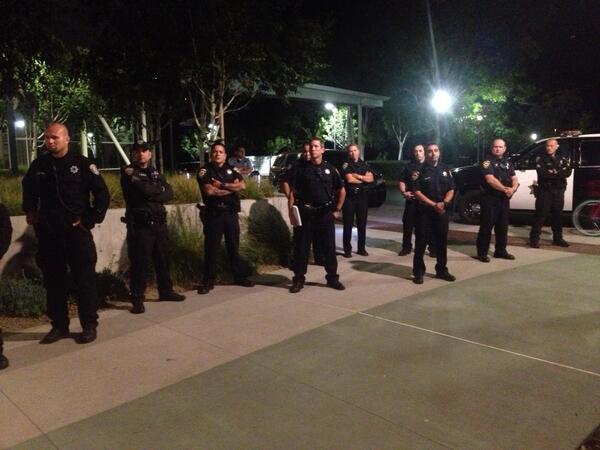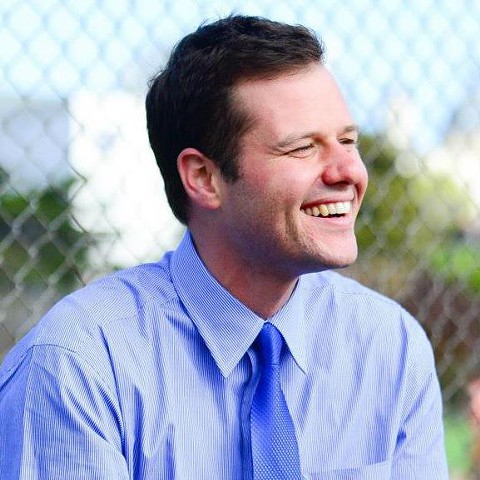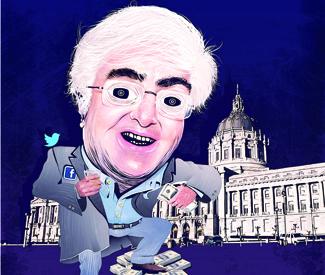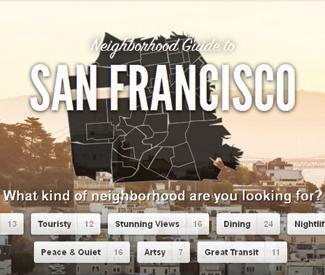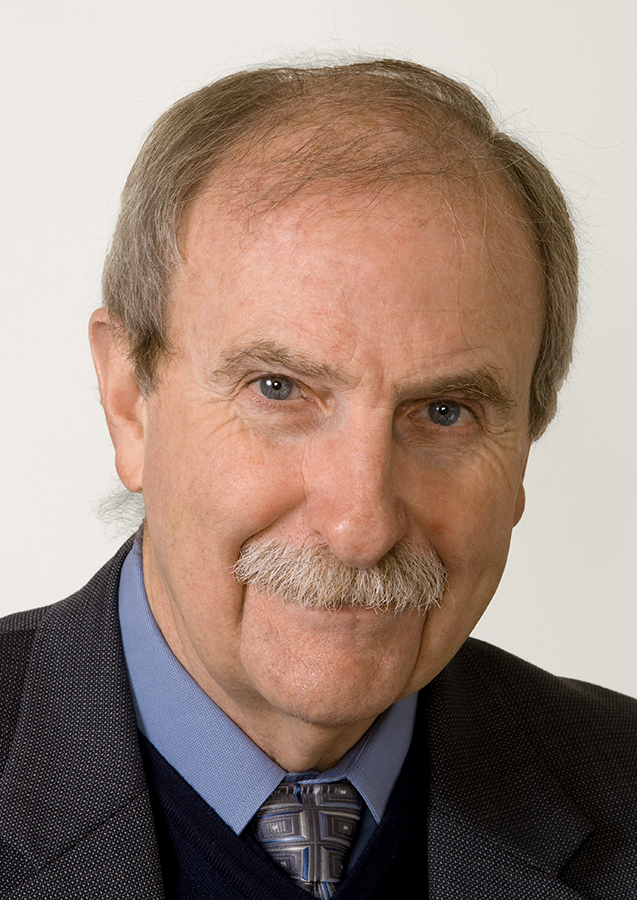Supervisors Scott Wiener and London Breed have proposed an ordinance to allow the San Francisco Public Utilities Power Commission’s Power Enterprise to sell hydroelectric energy from the Hetch Hetchy dam to retail customers — particularly large real estate developments. Sup. Wiener and Breed say the ordinance would both generate revenue for the PUC and further the city’s overall goal of achieving a 100 percent greenhouse-gas free power mix.
But how well does it fit into the city’s other clean energy goals? Some advocates of an existing citywide green energy plan worry that this new effort could cause a far more ambitious program to fall by the wayside.
For more than a decade, city government has been working toward implementing a clean energy plan through CleanPower SF, which aims to meet the city’s goal of 100 percent clean energy by allowing all San Francisco residents the choice of switching to a green power mix through the city-administered program, instead of remaining with PG&E. But CleanPower SF hangs in limbo, largely due to opposition from the SFPUC board, appointed by Mayor Ed Lee–whose regular meetings with PG&E officials have raised eyebrows.
The legislation proposing to broaden the sale of SFPUC’s hydroelectric power supply seeks to tackle some of the problems CleanPower SF might have addressed had it not been stalled. A press statement from Wiener noted that it aims to help build a large enough customer base for the SFPUC to generate sufficient revenues to maintain city infrastructure, as well as meeting the city’s overall target of 100 percent clean energy by 2030.
“My concern is that the Mayor’s office will say it’s something that will supplement CPSF [CleanPowerSF] and say that’s enough,” said Jason Fried, Executive Officer of the Local Agency Formation Commission. “I want to make it clear that it [proposed ordinance] is really meant to compliment CleanPower SF.”
But just exactly how—and how much—the proposal would complement CleanPower SF is still up for debate. Fried said Wiener’s new proposal complements CleanPower SF because it ultimately gives people more choices. “I don’t know how you can argue with giving people more choices,” he said.
But the legislation is targeted at large, private developments, rather than renewable energy options for community members. Which is why Fried emphasized that proposed ordinance shouldn’t been seen as a replacement to the city’s existing Community Choice Aggregation (CCA) program, CleanPower SF.
Eric Brooks, a long-time advocate of CleanPower SF, insists the legislation would complement CleanPowerSF only if, “CleanPowerSF was given first right to purchase Hetch Hetchy power from the PUC.” This would allow the ordinance to focus on community members rather than just large, private developments, he said.
“Being able to balance different types of power like solar, wind and hydro, and being able to furnish consistent hydro power during high usage together would also help keep rates lower so that the CleanPowerSF can deliver power at lower prices,” he added.
Officials from the Sierra Club echoed Brooks, saying that the Sierra Club “supports the legislation in concept,” but requests that the legislation incorporate the ability for CleanPower SF to purchase Hetch Hetchy power from the PUC Power Enterprise. “You have to look at it as peeling customers away from PG&E,” said John Rizzo, Sierra Club’s political chair. “The more you do that, the greener we can become.”
Although Brooks said he plans to meet with Sup. Wiener regarding how the ordinance could work in tandem with CleanPower SF, officials from Sup. Wiener’s office indicated that the ordinance is inherently separate from CleanPower SF. “[The ordinance] doesn’t further or hinder CPSF [Clean Power SF],” said Andres Power, Wiener’s legislative aide, who was involved in drafting the legislation. “It’s neutral from that perspective.”
Responding to questions about the legislation’s relationship with Clean Power SF (and whether or not collaboration might be a good strategy), Jeff Cretan, another of Sup. Wiener’s legislative aides, said, “Innovative solutions can come from multiple directions.” He further explained that, if passed, the legislation “could prove how other clean power initiatives can be successful.”




